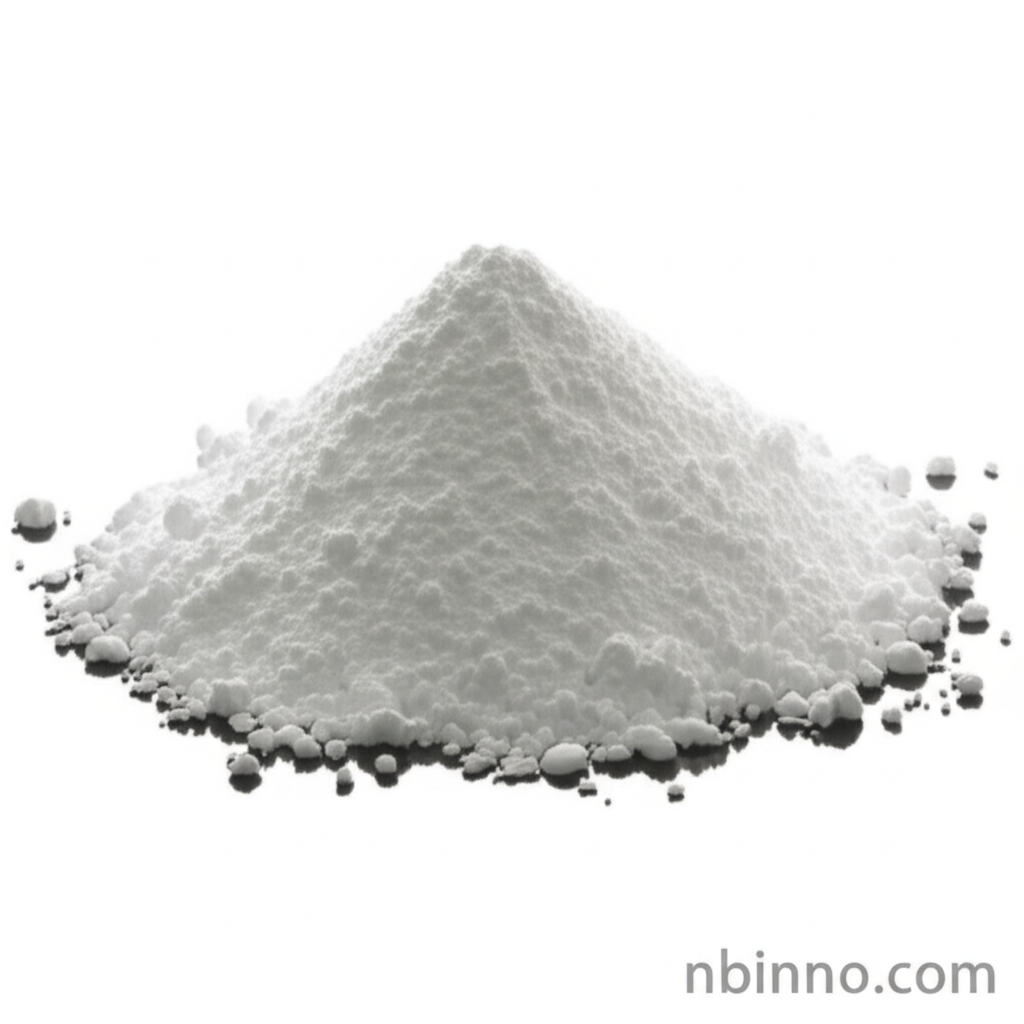Tetrakis(4-aminophenyl)methane: A Versatile Building Block for Advanced Materials
Explore the unique properties and applications of this key tetrafunctional amine in chemical synthesis and materials science.
Get a Quote & SampleProduct Core Value

Tetrakis(4-aminophenyl)methane
Tetrakis(4-aminophenyl)methane (TAPM) is a highly versatile tetrafunctional amine monomer, distinguished by its central methane carbon atom bonded to four para-aminophenyl groups. This symmetrical, tetrahedral arrangement makes it an exceptional building block for constructing complex three-dimensional porous materials, widely utilized in diverse fields such as gas adsorption, catalysis, and energy storage.
- Discover the synthesis of porous materials from tetraamines, highlighting TAPM's role as a key tetrafunctional amine monomer in creating these advanced structures.
- Explore the organic synthesis applications of TAPM, a crucial intermediate that enables the development of novel compounds and materials.
- Investigate the use of TAPM in creating COFs, showcasing its capability as a primary building block for covalent organic frameworks with significant potential.
- Understand the utility of TAPM in developing gas adsorption materials, leveraging its unique structure for efficient gas capture and separation processes.
Key Advantages
Structural Versatility
TAPM's symmetrical tetrahedral structure provides a unique foundation for designing complex 3D porous materials, enabling diverse applications from gas adsorption to catalysis.
Advanced Material Synthesis
As a tetrafunctional amine monomer, TAPM is instrumental in the synthesis of covalent organic frameworks (COFs) and polyimides, leading to materials with exceptional thermal stability and porosity.
Broad Application Spectrum
This compound finds utility across various scientific disciplines, including optoelectronics, offering solutions for developing next-generation electronic and optical devices.
Key Applications
COF Synthesis
TAPM serves as a vital monomer in the formation of covalent organic frameworks, facilitating the creation of highly porous materials for gas storage and separation.
Polymerization
The tetrafunctional nature of TAPM allows it to participate in polymerization reactions, leading to robust polymer structures with tunable properties for various industrial uses.
Optoelectronics
Derivatives of TAPM exhibit unique electrochemical and spectroscopic characteristics, making them suitable for advanced applications in light-emitting devices and other optoelectronic technologies.
Chemical Intermediates
As a fundamental organic synthesis component, TAPM is essential for researchers developing novel chemical entities and functional materials.
